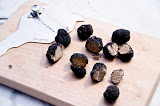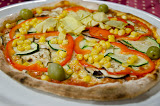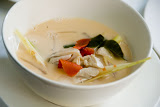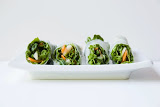|
Cooking classes are a problem. I love cooking and learning new recipes but, often, I find myself bored with cooking classes because they are oriented toward beginners. I won't say that I am a master cook or an expert but, rather, I've cooked for so long now and tried so many different varieties of food that I don't gain very much in cooking classes. BUT, we still take the occasional cooking class --- usually when the food is particularly foreign to me or uses unusual techniques and presentations, such as the sushi class we took in London . We try to only take cooking classes that integrate market tours, as well, because it's always helpful to understand where the food comes from when making a dish. I got in touch with Olga at Delicious Istanbul because, after a few weeks in Istanbul, we realized that Turkish cuisine is its own beast. Turkish cuisine, like Turkey itself, integrates a bit of the Mediterranean, the Middle East, and Central Asia. Many recipes have been handed down from the Ottoman kitchens, while others are adaptations of Armenian and Greek dishes. Olga is not a native Istanbuli but, after traveling around the world, she came to Istanbul and instantly fell in love: "I knew that this was my city," she said. A year and half later, she is married to a Turkish man and splits her time between their home in the Asian side of Istanbul and her mother-in-law's inn and restaurant in the countryside. She decided to start teaching cooking classes with market tours in Istanbul because she felt like the other cooking class options didn't provide the sort of experience that a world traveler --- like her --- wanted. She wanted her cooking class to focus on homestyle cuisine that melds all of the different aspects of Turkish cuisine, with an included market tour and plenty of time to learn the tricks that makes Turkish food unique. We meet Olga at the Kadikoy market on the Asian side of Istanbul. Unlike the open-air markets of Italy and France, the Kadikoy market is an amalgamation of stores, street vendors, and farmers who sell their goods in allotted spots within the main Kadikoy area. The fishmonger begins laying out his fish at 9:30 or so, opening the gills so that passersby can see the freshness of his fish. I am taken in by the bright cherries, the dried tomatoes and eggplant for dolma, and the green seaweed. |

|
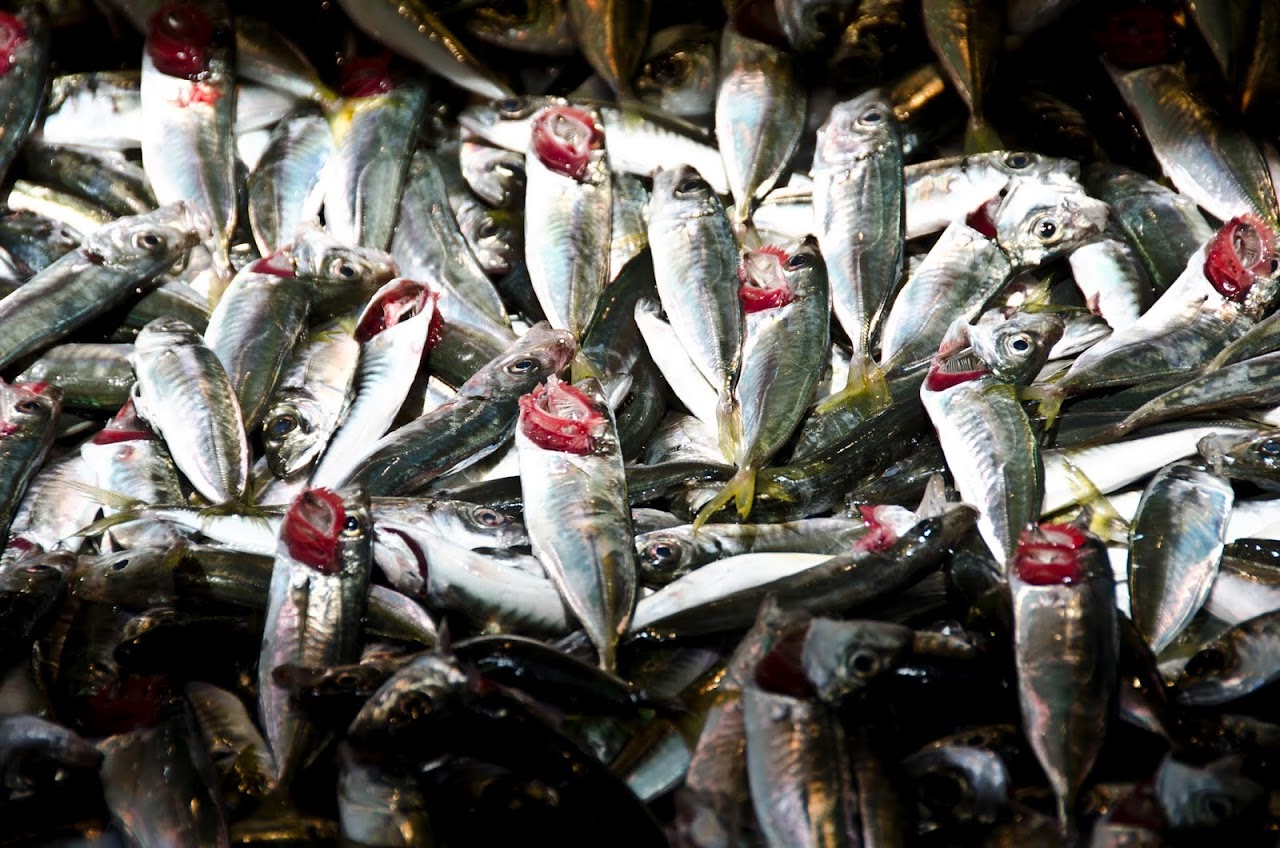
|
|
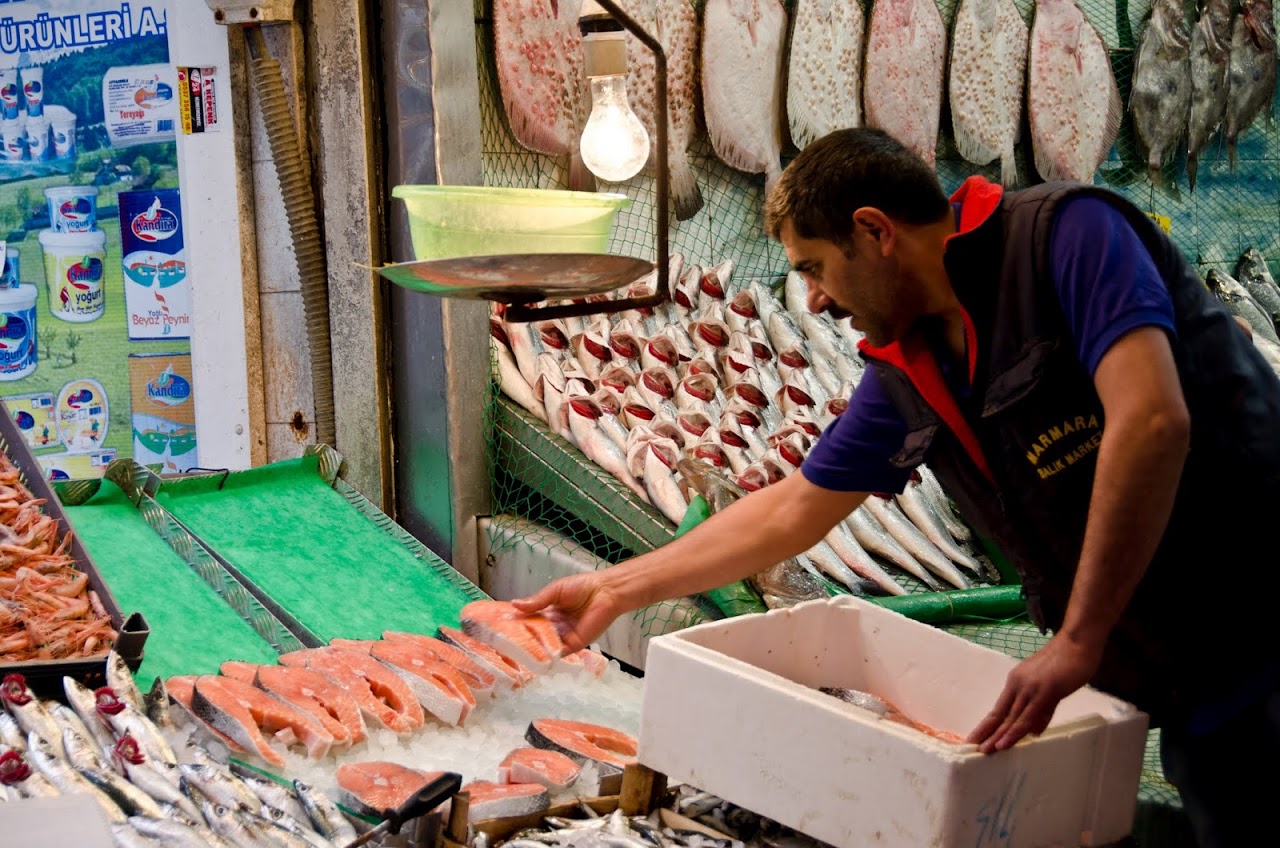
|
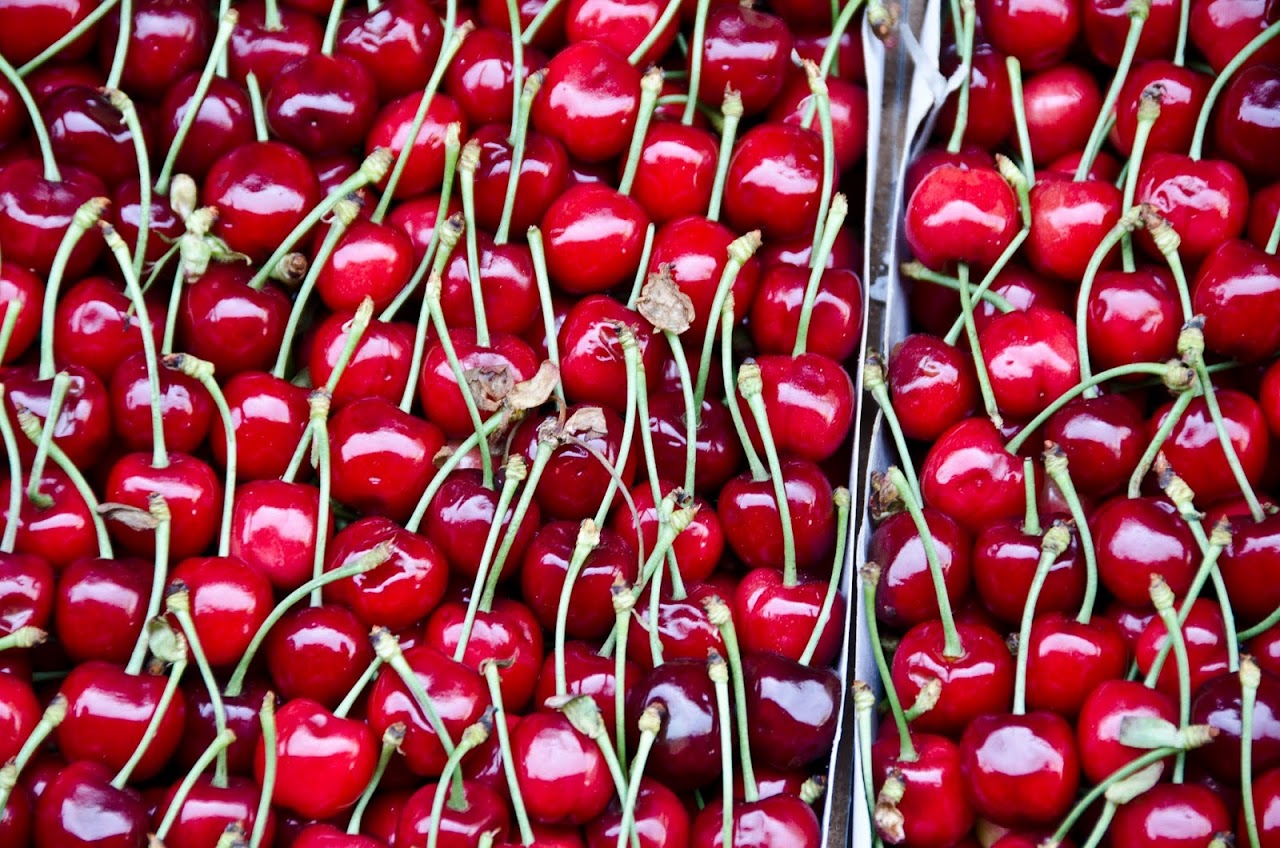
|
||
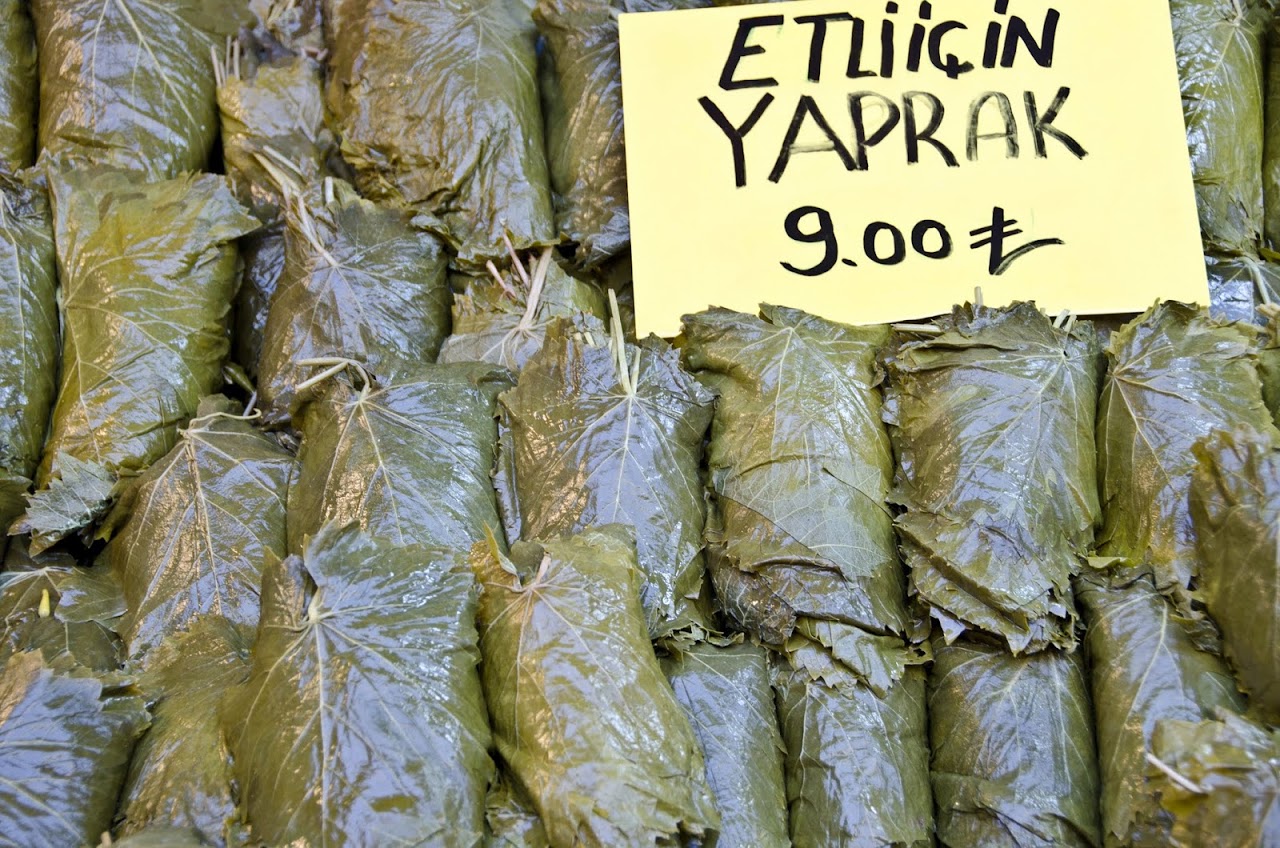
|
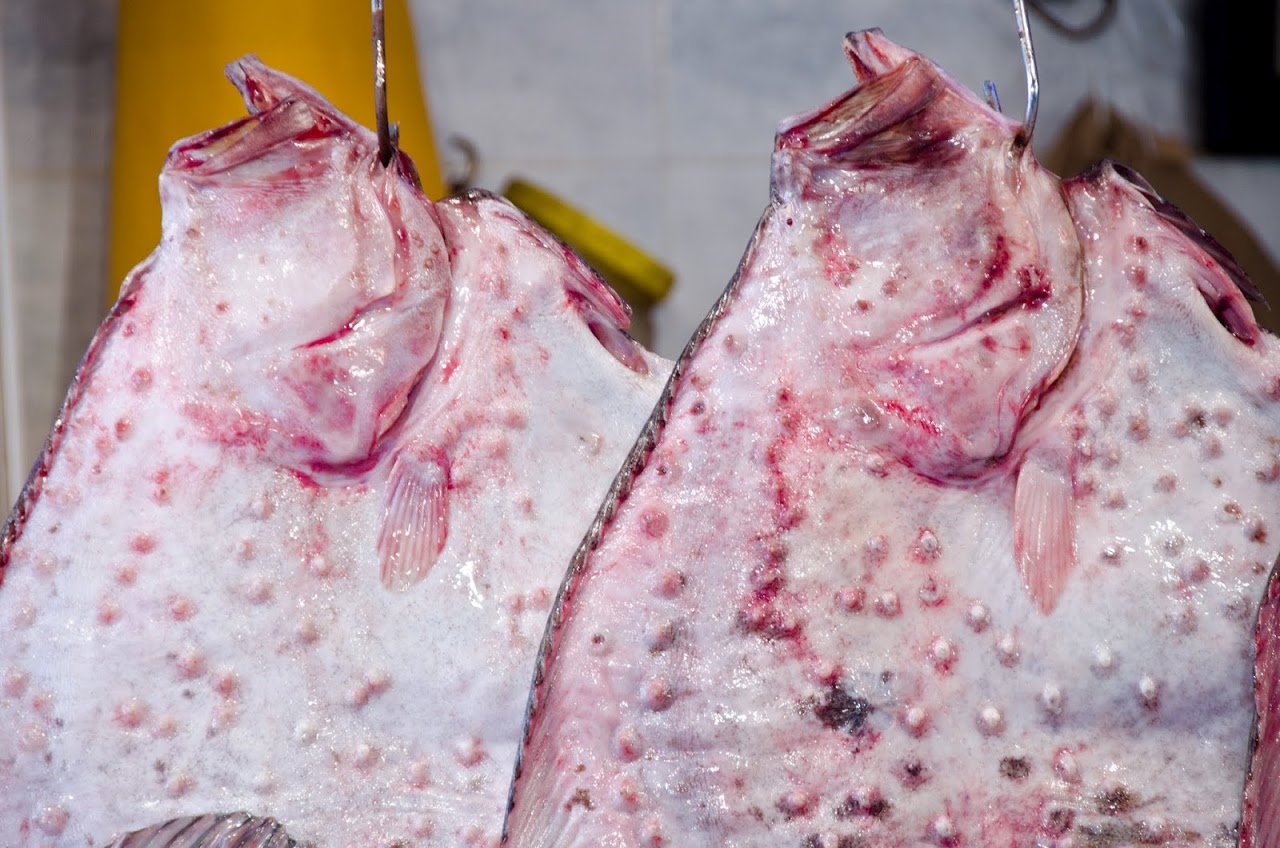
|
||
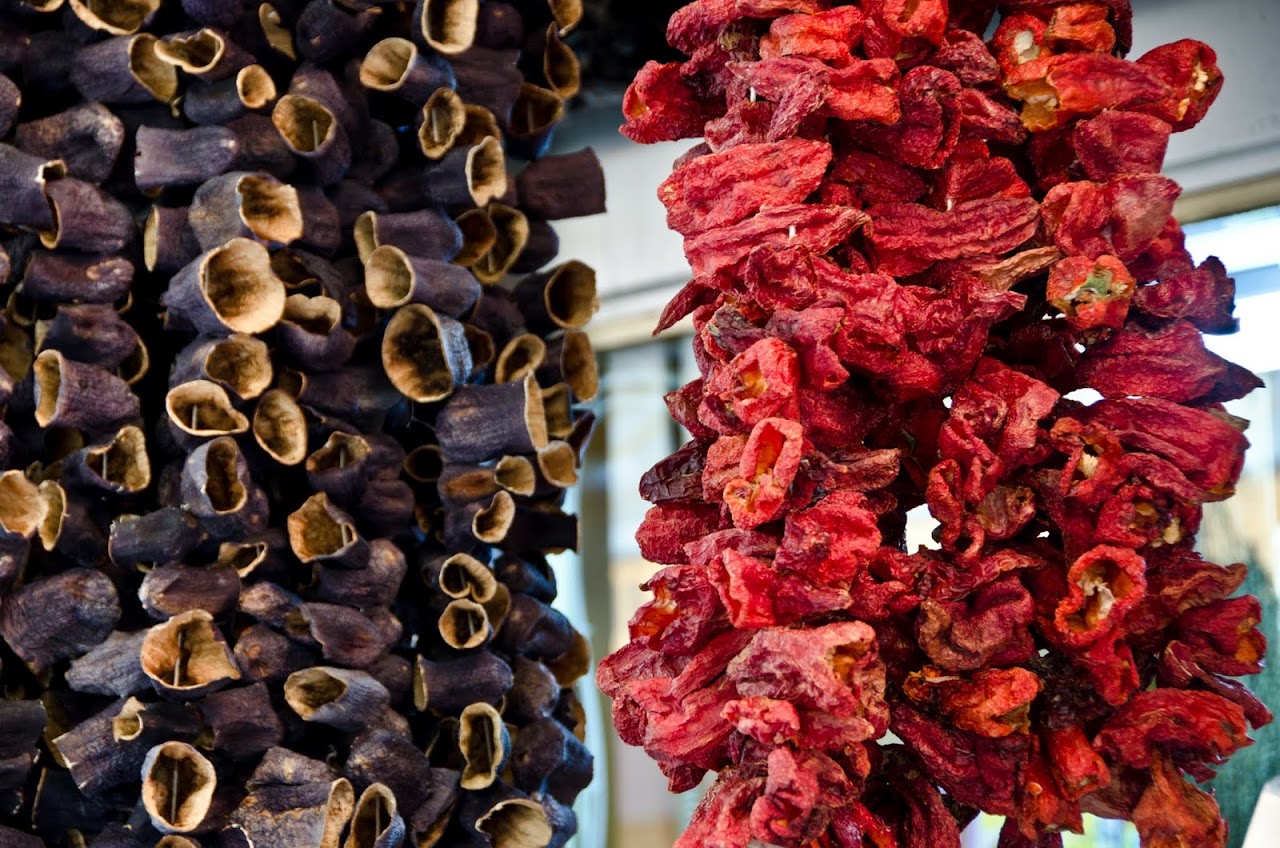
|

|
||
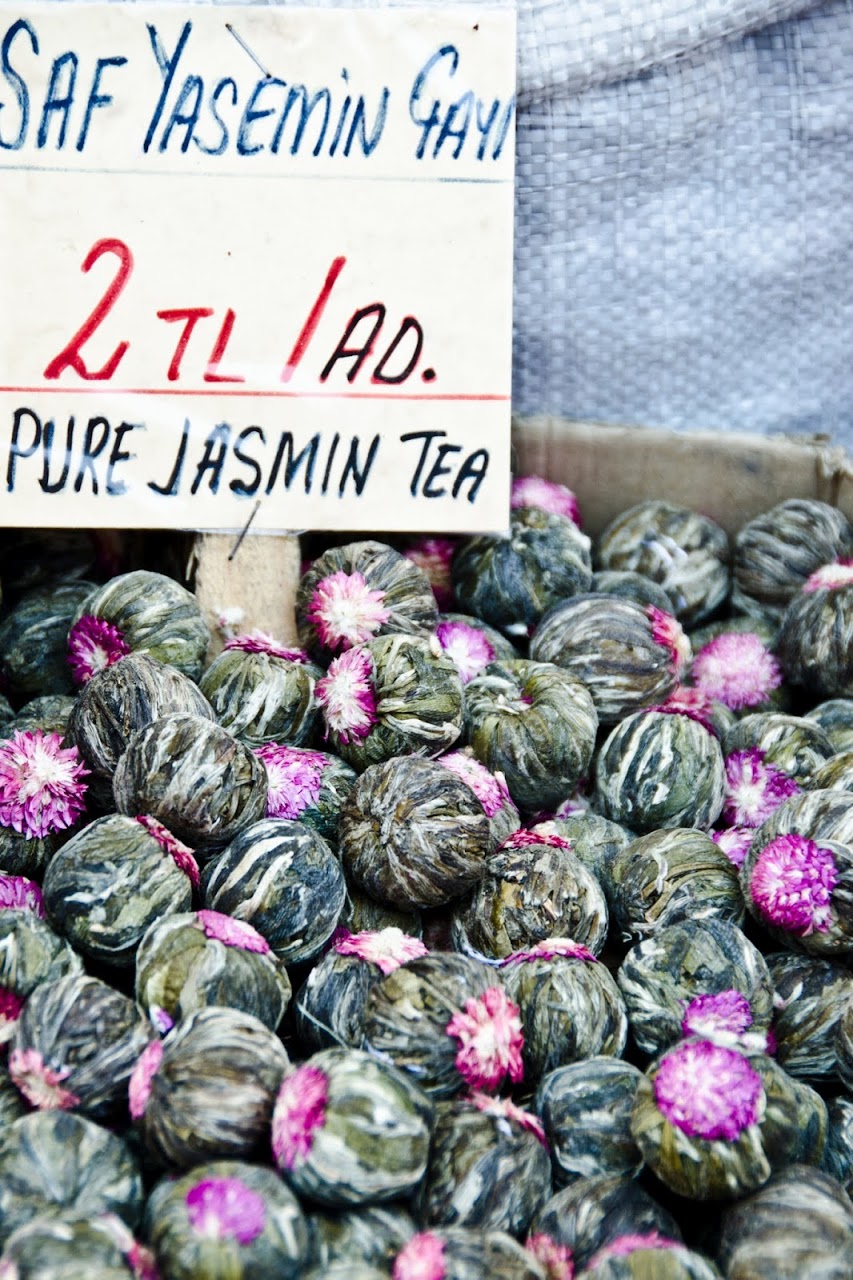
|
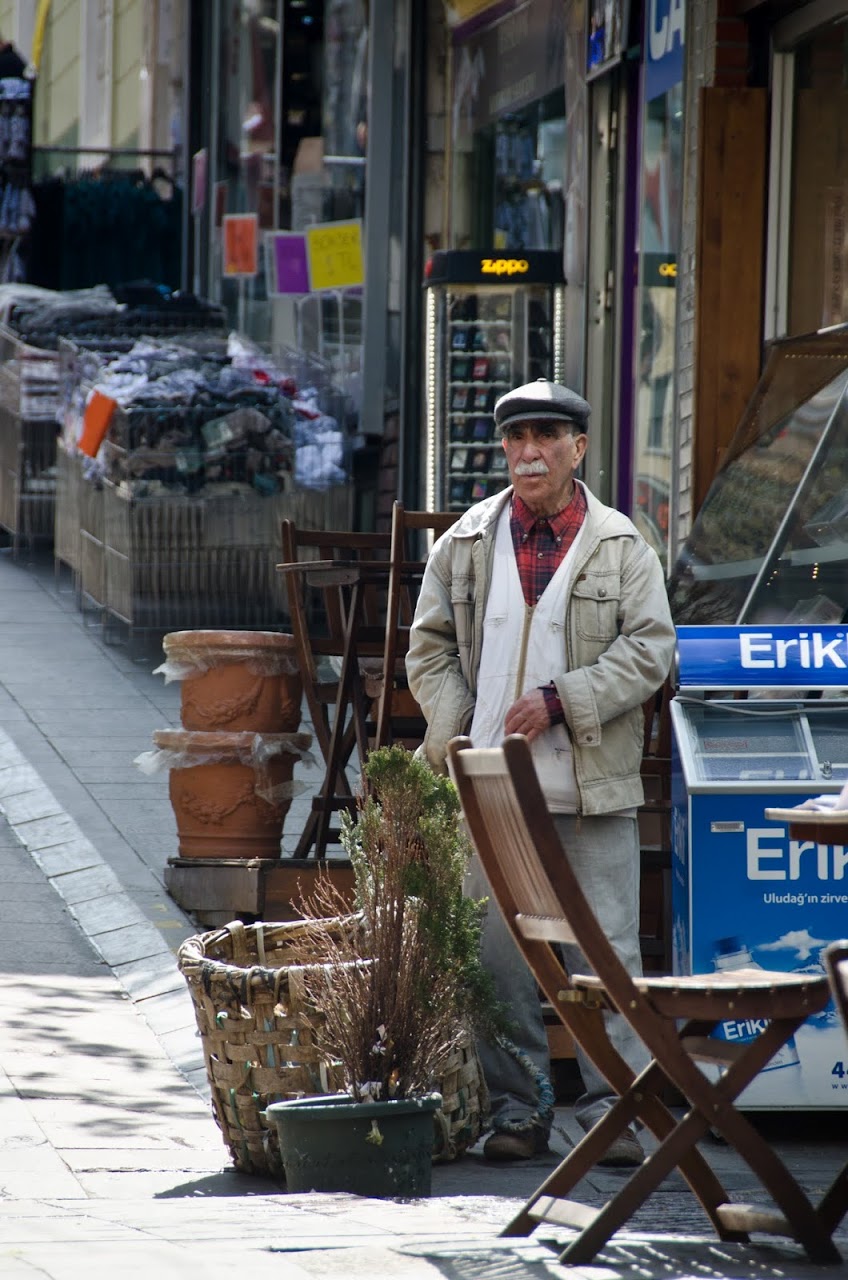
|
||
|
We walk by an elderly man with a large basket and Olga tells us that we can hire him for our shopping expedition and he will walk from store to store behind us, carrying the groceries that we buy in his giant basket. He waits solemnly for a shopper to hire him but in the time we sit and drink our thick Turkish coffee at Fazul Bey'in, a 89 year old coffee shop, nobody approaches him. We stop in at Ozcan Tursulari, a 77 year old pickle shop, where Olga walks into the back and gives us a taste of delicious pickled cornichons. We walk past stacks of fresh and pickled grape leaves before stopping in at Bilgeoglu, her favorite neighborhood baklavaci, where we eat baklava stuffed with kaymak (clotted cream). Then, we head to the Moda neighborhood, where Olga lays out the ingredients. We will be making imam biyaldi, bulgur pilaf, sigara boregi, muska borek, yogurtlu semizotu, and roasted red pepper salad. Most of the recipes that Olga teaches are ones that she has learned from her mother-in-law. Her mother-in-law, like most homecooks, doesn't use recipes or measuring cups and Olga explains that she spends a lot of time simply watching her mother-in-law to figure out the ingredients and exact measurements for the dishes we cook. The imam biyaldi, or stuffed eggplant, literally means "fainting imam" because legend has it that the imam fainted when he tasted this dish for the first time. This dish is the one that I am most happy to have in the cooking class because it's one that I've tried across Istanbul and know that I definitely want to replicate at home. We scrunch together onions, sweet red pepper paste, and tomato paste, with garlic, lemon juice, and spices by hand, until the onions become mushy. Patrick adds ground beef and lamb to his version while mine stays vegetarian. Then, we cut the eggplants in half lengthwise, remove the innards with a sharp knife, peel back a few stripes of the purple skin, and stuff the eggplant. We carefully peel back the green stem of the eggplant so that it looks pretty and braise the stuffed eggplant in a deep sautepan with the remainder of the filling and water, occasionally spooning some of the watery mixture on top of the stuffed eggplant as it cooks. Meanwhile, we cook bulgur pilav with peppers and we roast red peppers to mix with walnuts and pomegranate molasses for a salad. We also mix Turkish yogurt (similar to Greek yogurt) with chopped purslane --- a spicy green vegetable that Americans consider to be a weed but Turks use frequently in yogurt-based dips. Olga then shows us how to roll borek, stuffed with swiss chard and white cheese for me, and with basturma (dried beef), swiss chard, and white cheese for Patrick. The dough used for borek is like a thick phyllo dough and she tells us that we can substitute several layers of phyllo dough for borek dough. Finally, we are ready to eat and I can safely say that, though we ate very well in all of Istanbul, this is one of our best Turkish meals. Every dish is flavorful, strong, and a meal on its own, but together, they create a beautiful presentation of the best parts of Turkish cuisine: colorful, full of spice, with different textures and shapes to please the eye and the palate. While we scrape our plates clean, Olga makes a simple dessert: plump syrupy figs stuffed with walnuts, kaymak (clotted cream), and pistachios. Though we claim that we can't eat any more, the figs easily disappear into our bellies. At the end of the day, Delicious Istanbul provided the exact sort of cooking class experience that we wanted: we learned a bunch of new techniques using ingredients that we had never previously seen, we tasted many different types of ingredients both on the market tour and in Olga's kitchen, and we ate very, very well.
Delicious Istanbul
sponsored our cooking class but all opinions are, as always, mine and mine alone. The classes cost 95 Euros per person which includes the ferries to the Asian side, market walk, food tastings, cooking class, and lunch with wine. Olga also runs food tours for those who would prefer not to cook and she has a very lovely
Turkish food blog
that I recommend checking out if you are as taken with Turkish food as I am.
|
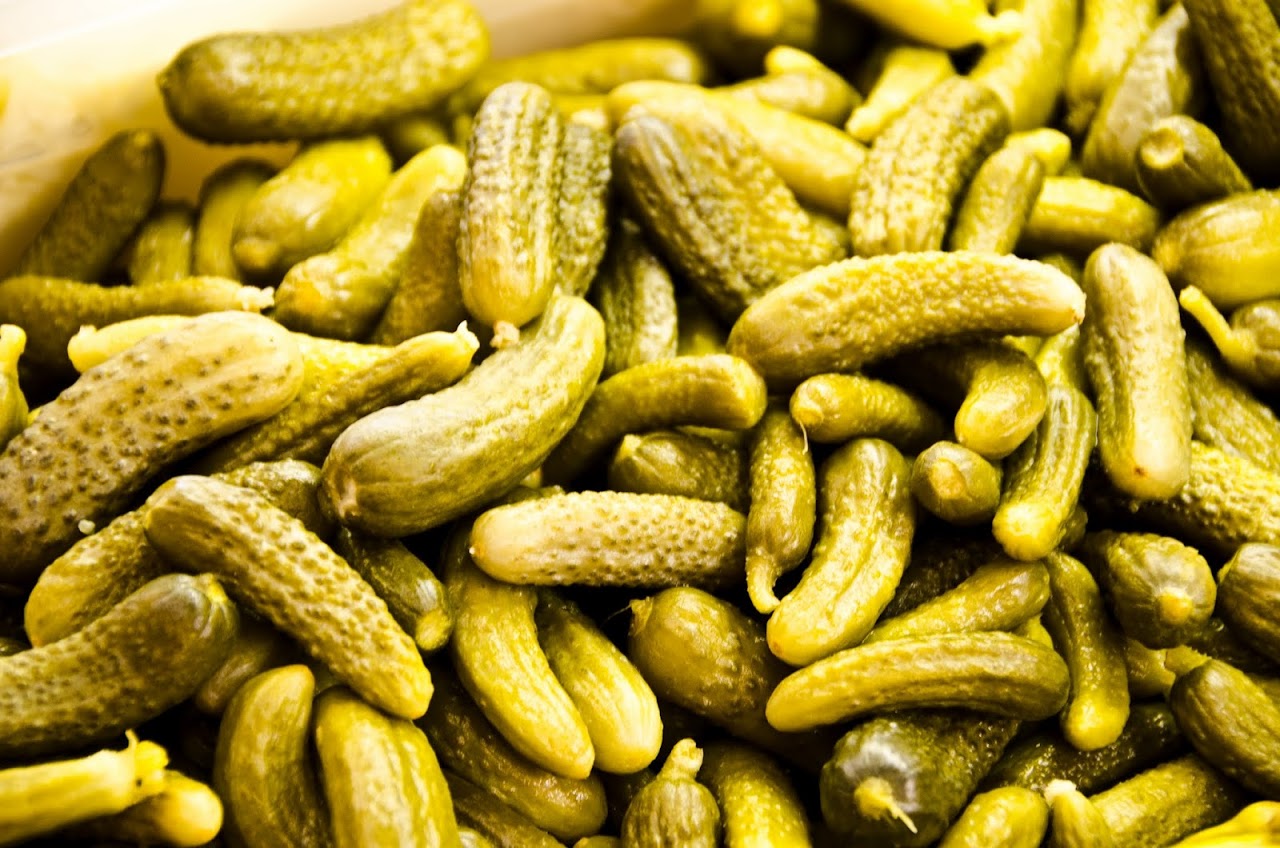
|
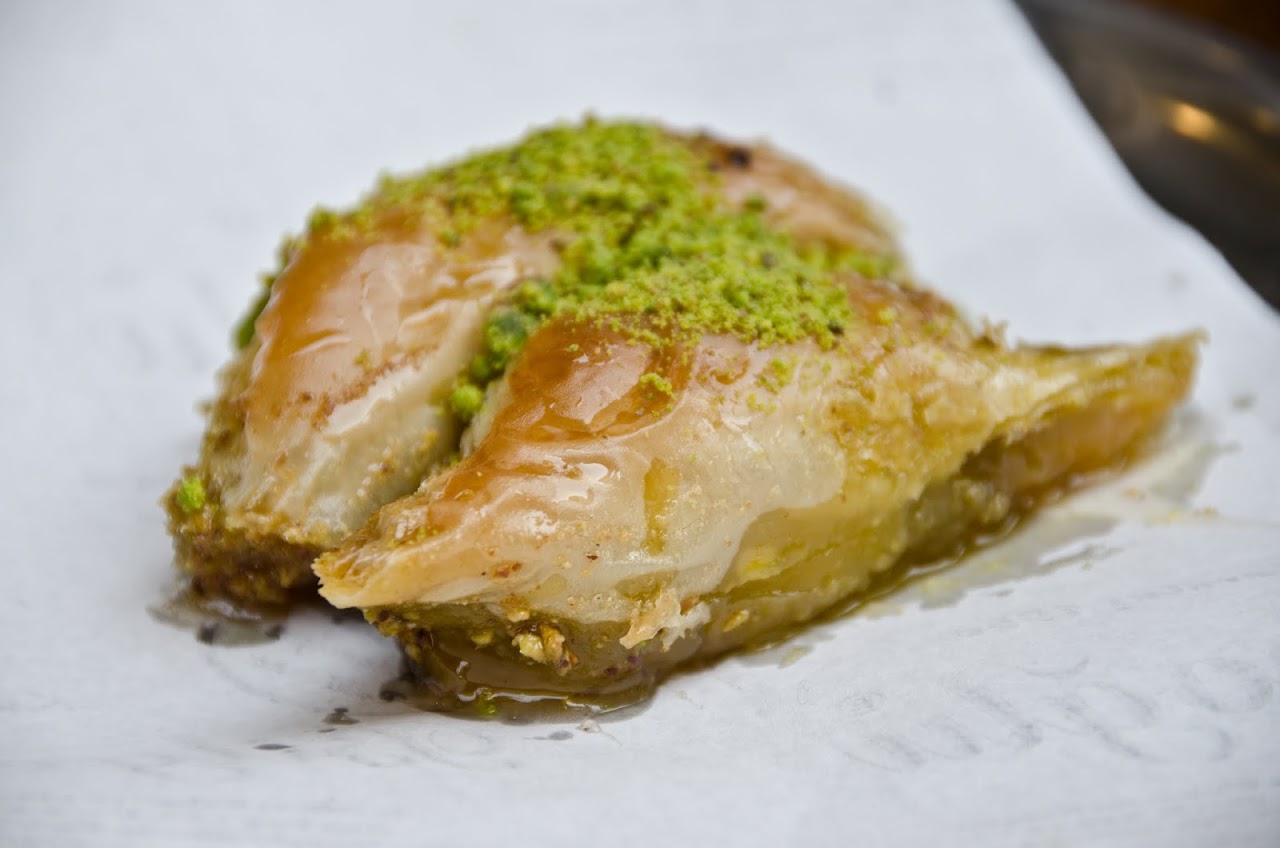
|
|
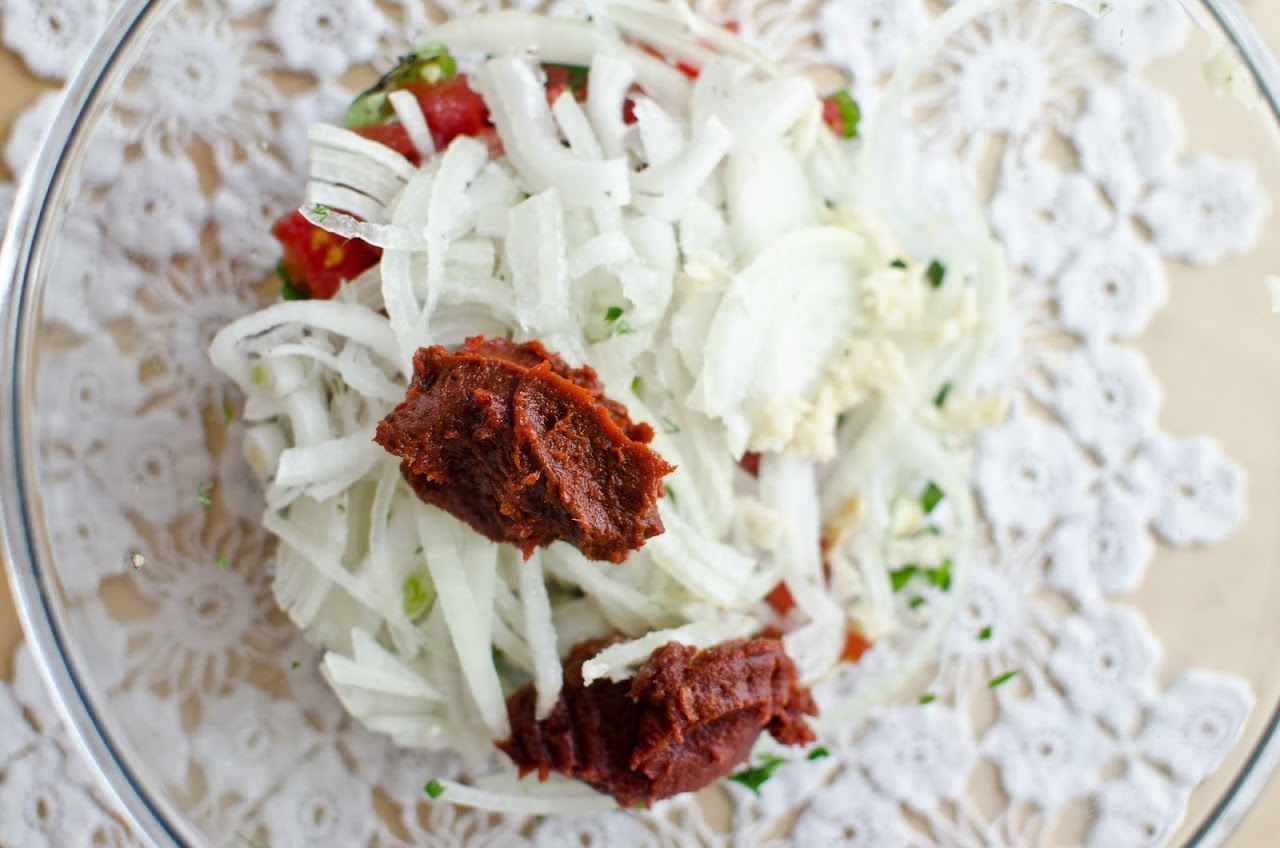
|
|||
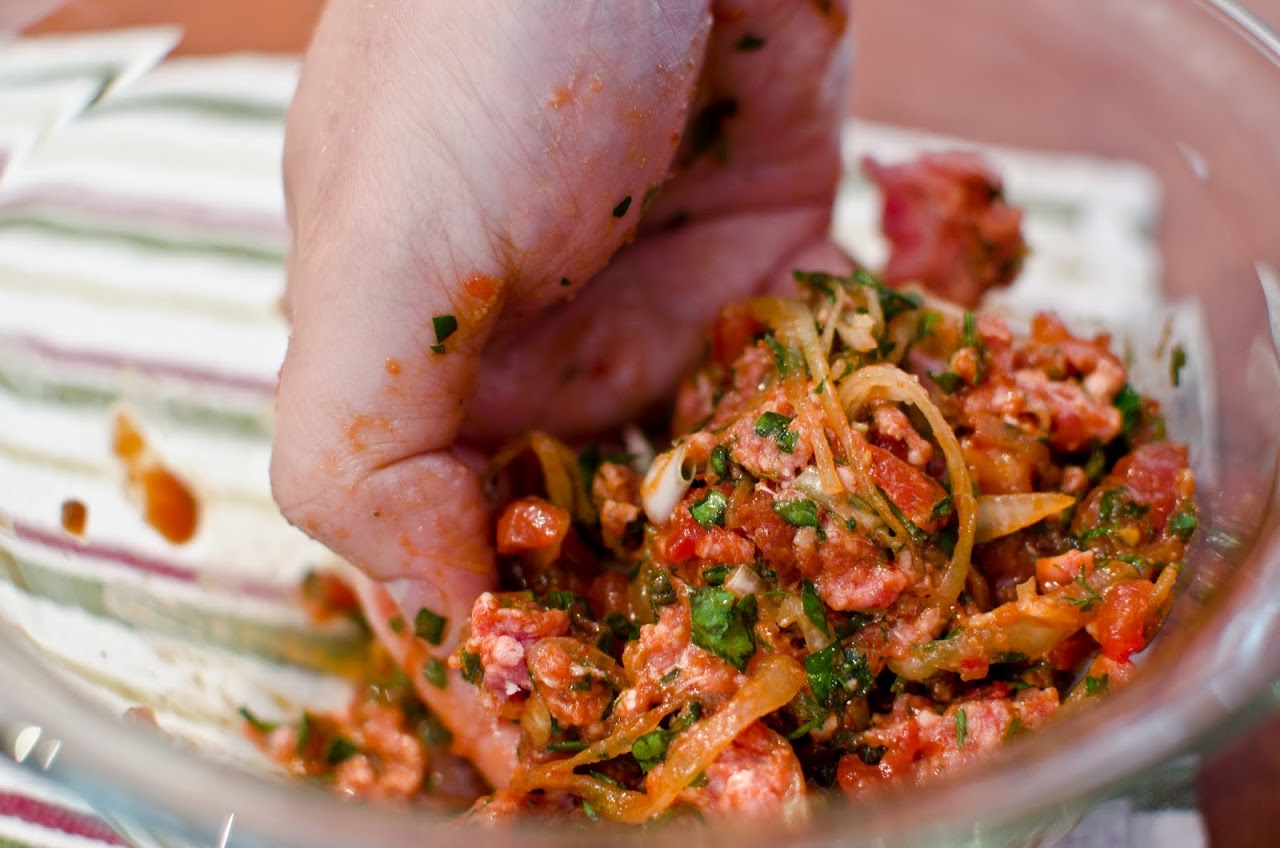
|
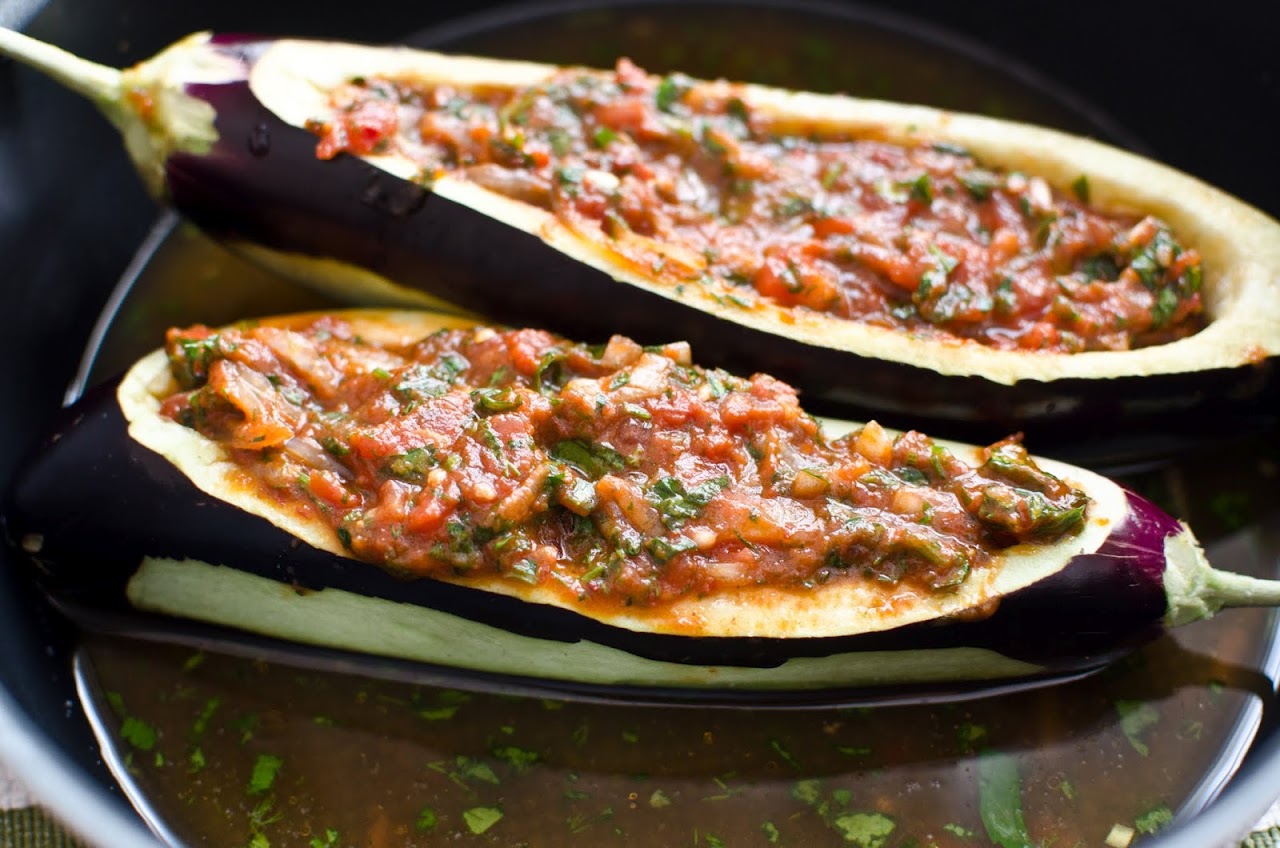
|
||
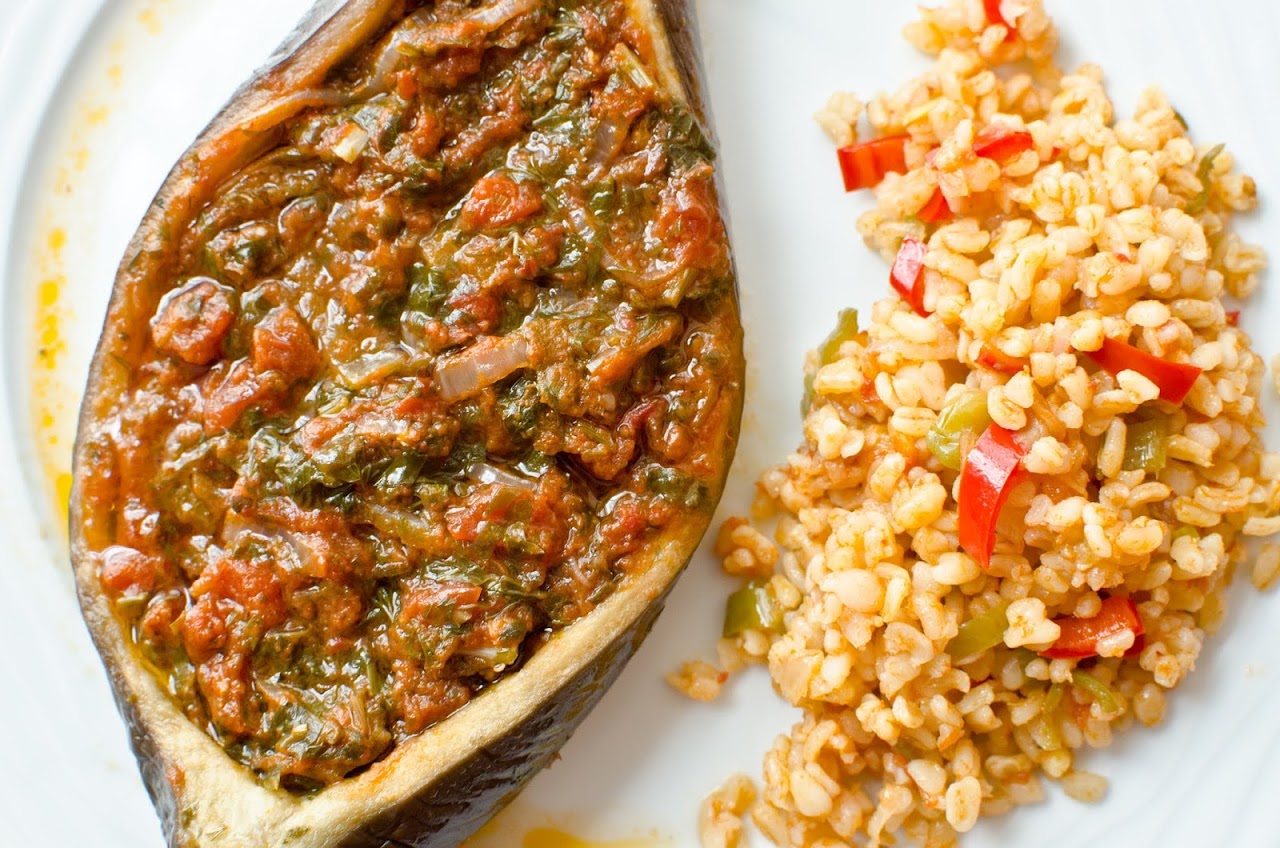
|
|||
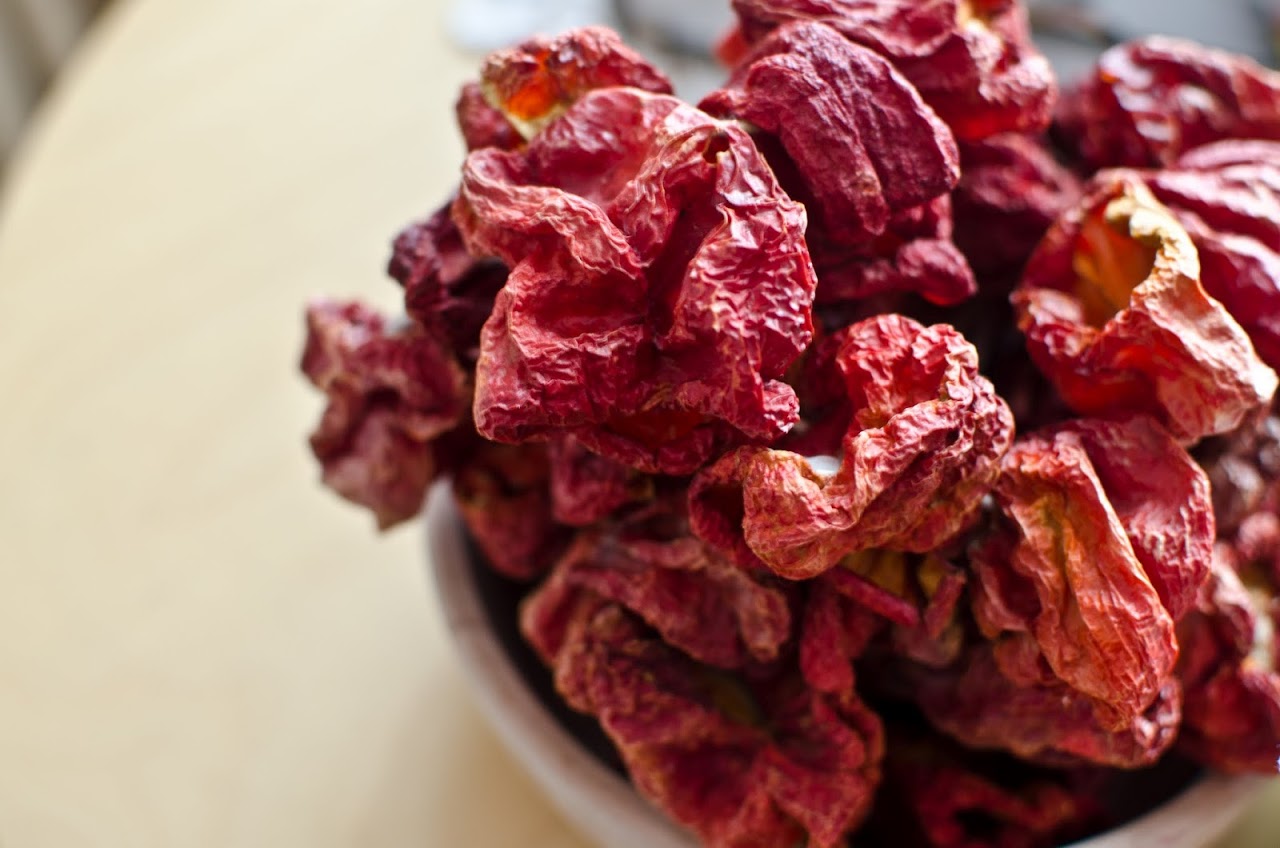
|
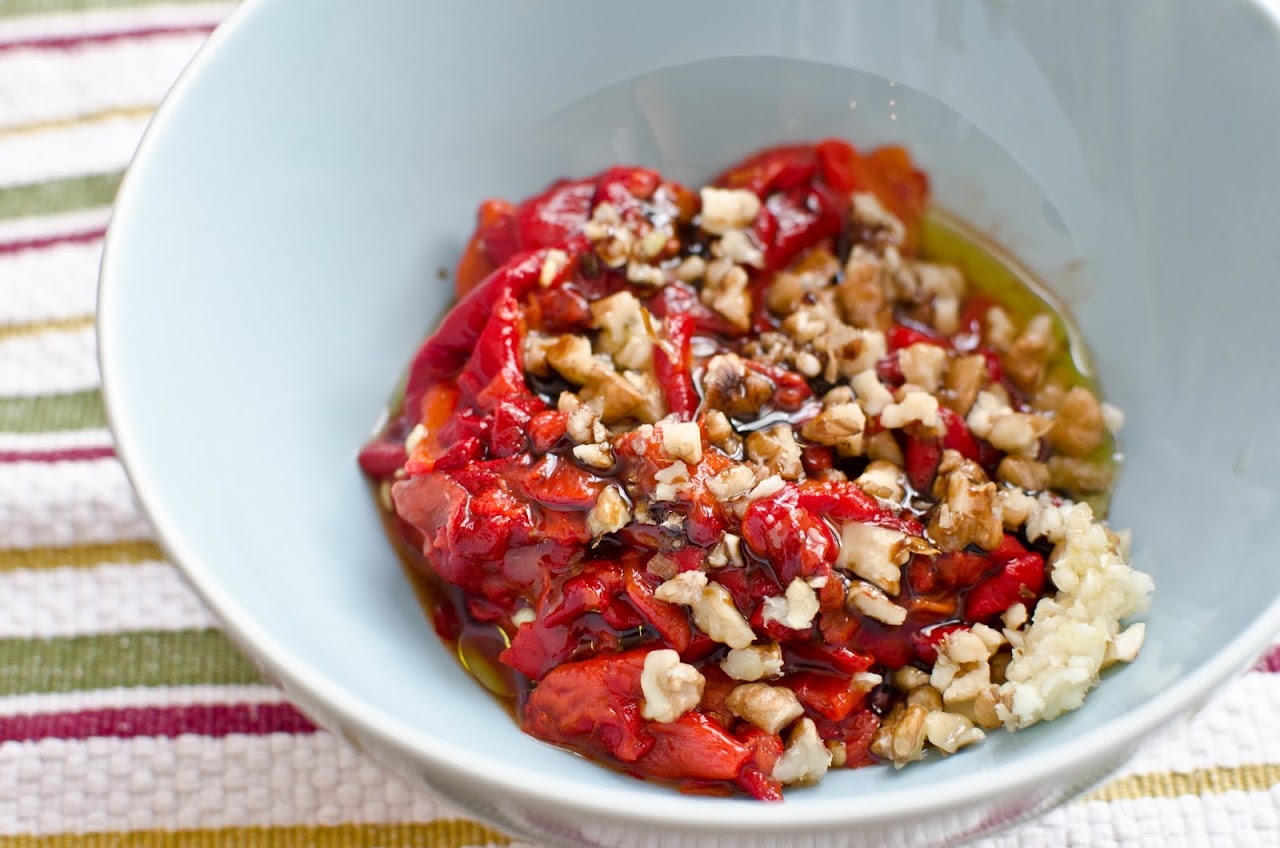
|
||
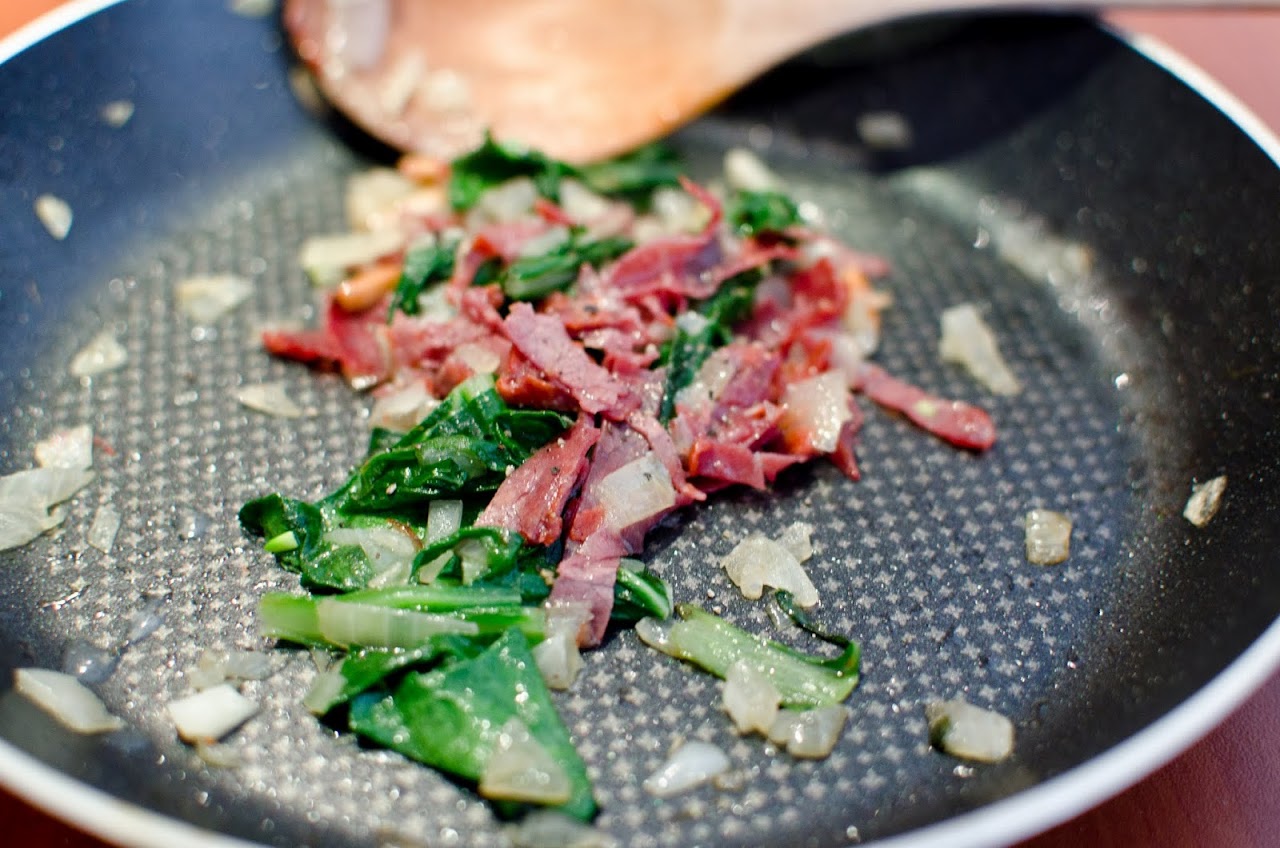
|
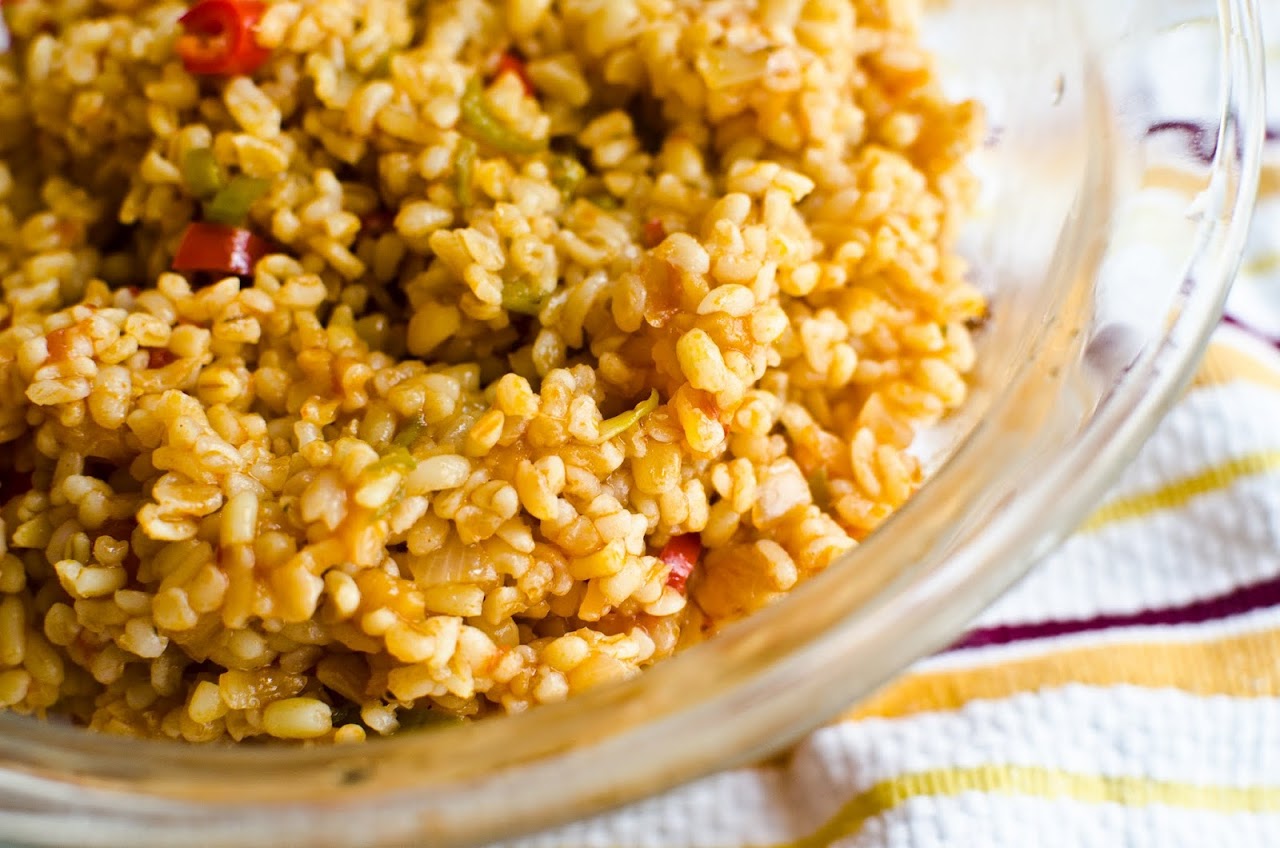
|
||
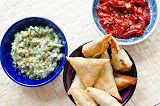
|
|||
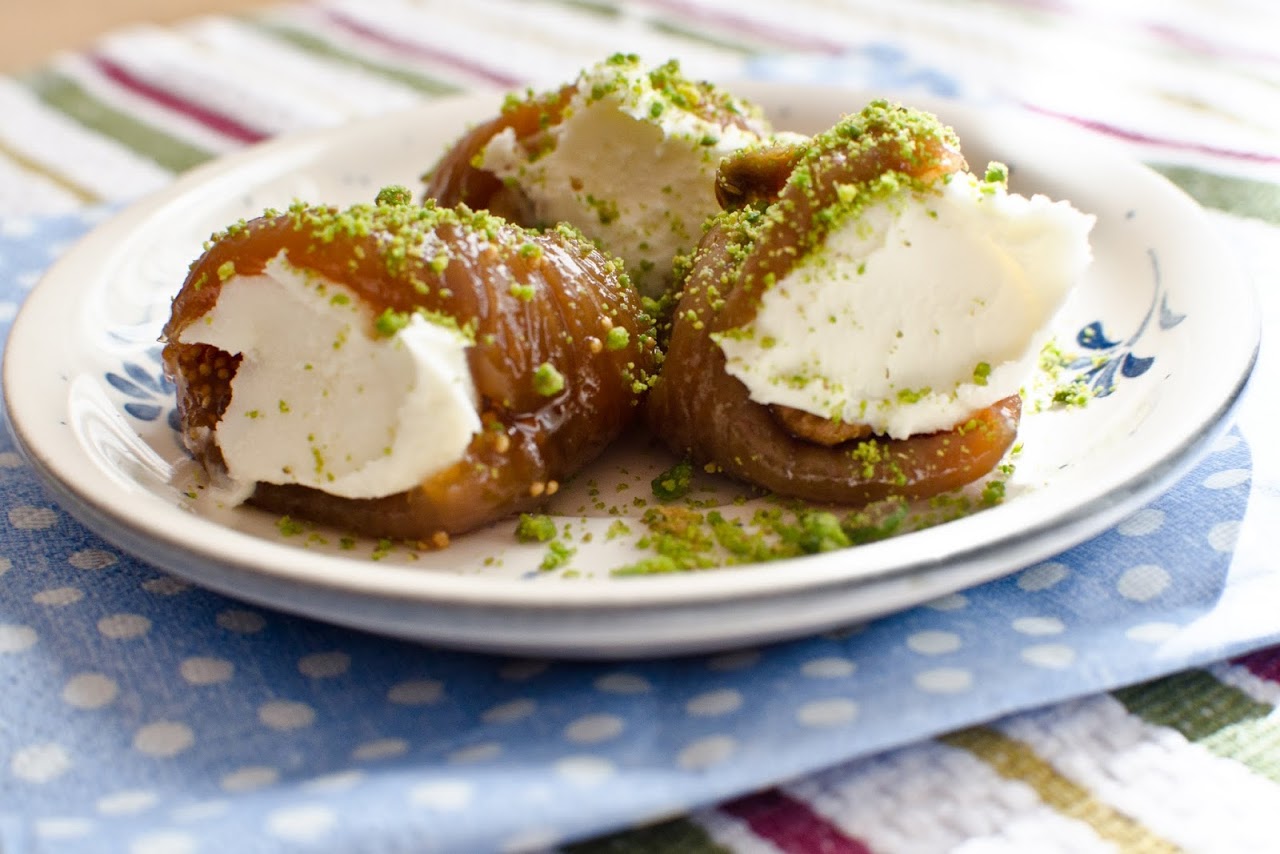
|
|||








